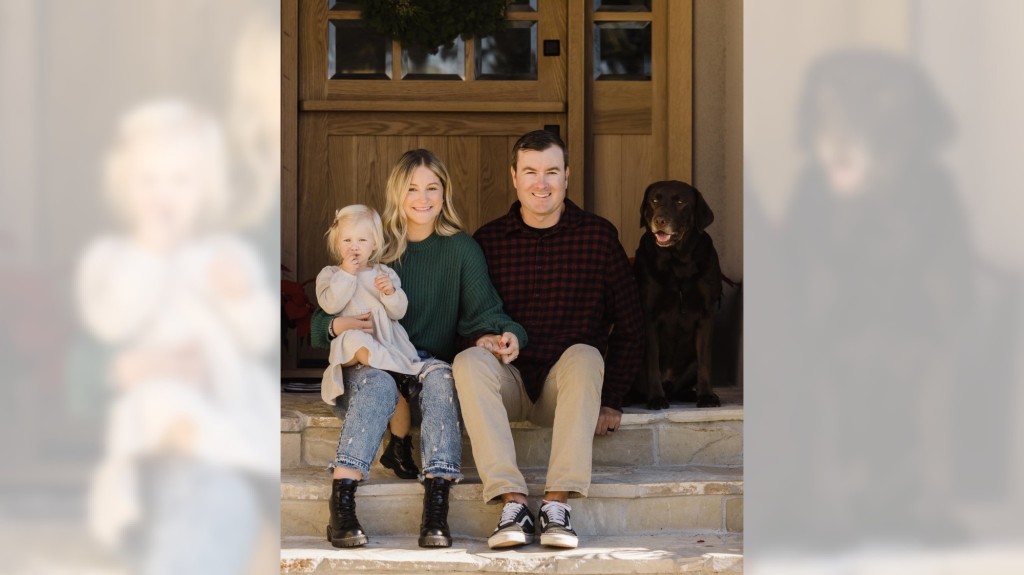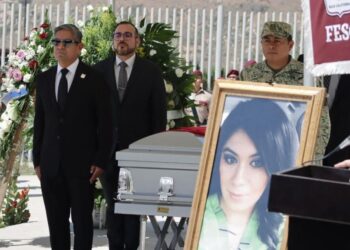By Melissa Heckscher,
Contributing writer
In the four years since former NFL player Eric Stevens was diagnosed with ALS, a fatal, degenerative neuromuscular disease also known as Lou Gehrig’s Disease, he has lost a lot of things:
He has lost his ability to feed and bathe himself. To brush his own teeth or get himself dressed. To get up from a chair — or lift his 2-year-old daughter into the air.
But he hasn’t lost his hope. After all, he can still walk unassisted inside his family’s San Pedro home. He can still eat normal foods. He can still read his daughter bedtime stories, sing her songs and cuddle her in bed.
And he’s still here.
“Even though it seems like the end of the world, your perspective changes on what’s really important in life,” said Stevens, 33, who wasn’t feeling well enough to do an in-person interview but instead communicated via email. “Just being alive and being present is enough.”
Amyotrophic Lateral Sclerosis is a disease in which motor nerve cells can no longer send messages to muscles. It is an irreversible condition that eventually renders its victims unable to speak, eat and breathe on their own, with the average life expectancy being about two to five years after symptoms appear.
But while many ALS patients don’t live past year four, Stevens has defied the odds.
“Not many ALS patients can say that they’re still walking, talking and eating almost four years into diagnosis; most are dead,” said Stevens’s wife, Amanda, 32. “Eric is living proof that experimental therapies can work.”
The Stevens family credits the former football player’s current condition to the fact he received an experimental medication called NurOwn, a drug that has not yet received FDA approval but has helped a subset of ALS patients in clinical trials. It remains to be seen how much the medication can slow the disease — it likely isn’t a cure— but Eric and Amanda Stevens are now fighting to make sure other patients have…
Read the full article here







